I have a load and four different voltage sources. I want to change the voltage on the load by using four different enable signal as seen in the schematic below. Note that, all of the "Enable" signals are active low, and only one of the enables can be logic-low at the same time.

simulate this circuit – Schematic created using CircuitLab
I designed the reusable "Switching Circuit" block as seen below.

The working principle is like this:
When the Enable signal is 0V,
M1 conducts. At first, M2 might not conduct, but its body diode will conduct and make the Vout voltage positive. Then, the gate of M2 will be more negative with respect to its source. Therefore, M2 will conduct. The power applied to Vin will be transferred to Vout.
When the Enable signal is 5V,
Since the voltage at Vin will be equal to or less than 5V, M1 will have a non-negative Vgs voltage, and thus, it will not conduct. But, remember that the outputs of all the "Switching Circuit"s are connected together. So, if another "Switching Circuit" conducts and the voltage it is conducting has a value higher than this "Switching Circuit"s Vin voltage, the body diode of M1 will let it pass backwards and will cause a disaster to happen. For preventing this situation, we are using the M2 mosfet. When Enable is 5V, the Vgs of M2 will be positive, and M2 will not conduct. Vout port will be seen in Hi-Z state.
I found this similar question. It is about choosing between only two supplies. Similar to Bitrex's answer there, I can remove (i.e.; not solder) the mosfet M2 from the circuit which is switching the highest voltage. This is the only improvement I can see. Is there anything wrong with this design? Is it going to work as intended? Please make suggestions to improve this design.
